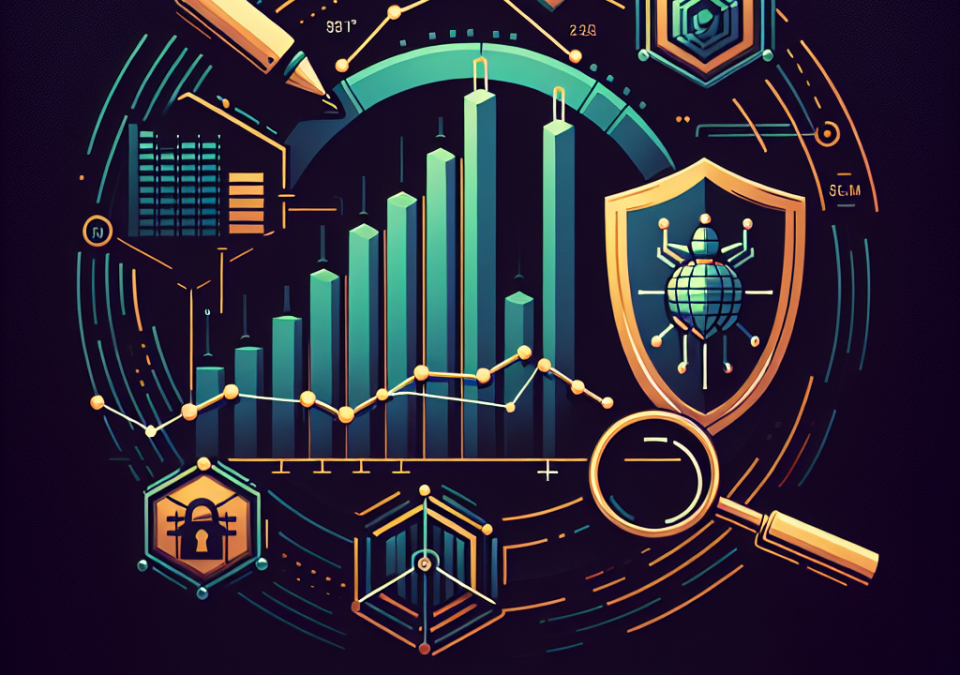
Navigating the Maze: Key Compliance Standards Every Organization Should Know
June 21, 2025
Identity Management: A Cornerstone of Effective Security Compliance
June 22, 2025
In the rapidly evolving landscape of cybersecurity, organizations face an unprecedented number of threats. Malicious actors continuously devise innovative tactics to infiltrate networks, steal data, and disrupt services. In response to these challenges, Security Information and Event Management (SIEM) systems have emerged as critical tools in the fight against cybercrime. By offering real-time insights into network activity, SIEM transforms threat detection and helps organizations bolster their defenses.
Understanding SIEM: The Basics
SIEM is a comprehensive approach to security management that consolidates and analyzes security data from across an organization’s infrastructure. It collects log and event data generated by applications, network hardware, servers, and security devices, aggregating this information into a single platform for easier analysis. CIEM enables organizations to detect anomalies and potential threats in real time, providing essential insights that strengthen their security posture.
Key Features of SIEM Systems
-
Data Aggregation: SIEM solutions gather data from diverse sources, enabling a holistic view of the security landscape. This includes logs from firewalls, intrusion detection systems, antivirus solutions, and more.
-
Correlation and Analysis: By correlating data points, SIEM systems can identify patterns and potential threats, making it easier to detect sophisticated attacks that might go unnoticed when examining isolated logs.
-
Real-Time Monitoring: The hallmark of SIEM technology is its ability to monitor environments in real time. This allows organizations to respond immediately to threats, minimizing damage.
-
Threat Intelligence Integration: Many SIEM solutions incorporate external threat intelligence feeds, providing context for detected threats and enabling organizations to proactively address vulnerabilities.
- Compliance Reporting: SIEM assists organizations in adhering to regulatory requirements by providing detailed reports on security events and incidents.
The Transformation of Threat Detection
Speed and Efficiency
One of the primary benefits of SIEM is its speed. Traditional security methods often involve manual log-checking and piecemeal analysis, which can be slow and error-prone. SIEM automates the process of monitoring and analyzing security data, enabling security teams to quickly pinpoint vulnerabilities and respond to incidents before they escalate.
Enhanced Threat Visibility
With SIEM, security teams gain comprehensive visibility into their networks. By aggregating data from all sources, organizations can identify unusual patterns and user behaviors indicative of potential breaches. This visibility helps in understanding the threat landscape better and enhances decision-making processes.
Proactive Threat Detection
SIEM’s ability to analyze historical data allows organizations to profile normal user behavior and establish baselines. This proactive approach facilitates the detection of anomalies that may indicate a security incident, enabling organizations to act swiftly.
Automation and Efficiency
SIEM systems often feature automation capabilities, such as alerting and incident response triggers. By automating routine tasks, security teams can focus on analyzing threats and developing strategies rather than getting bogged down in repetitive processes.
Minimizing False Positives
One of the challenges in threat detection is the number of false positives generated by traditional security tools. SIEM solutions utilize advanced algorithms and machine learning to reduce this noise, ensuring that security teams can focus on genuine threats without being overwhelmed.
Informed Incident Response
When a security incident occurs, SIEM solutions provide detailed insights that enable organizations to respond effectively. By understanding the context of an attack and the resources affected, organizations can develop more effective incident response strategies, mitigating damage and restoring services more quickly.
Conclusion
In an era where cybersecurity threats are omnipresent and continually evolving, the need for effective threat detection has never been more pressing. SIEM systems offer organizations the real-time insights necessary to not only detect and respond to threats swiftly but also to proactively bolster their defenses. By leveraging the capabilities of SIEM, organizations can transform their approach to cybersecurity, achieving a level of resilience and preparedness that is crucial for safeguarding sensitive data and maintaining operational integrity in an increasingly digital world.
Investing in SIEM technology is no longer a question of "if," but rather "when," as the stakes have never been higher in the fight against cyber threats.







